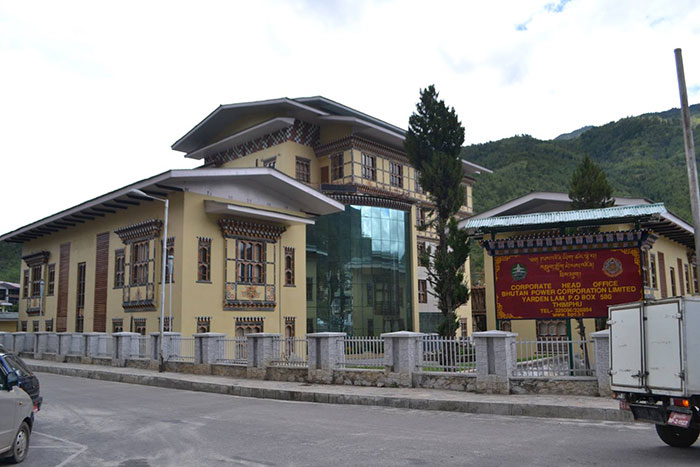Average billing system implemented without reading meters causes inflated electric bills
Chhimi Dema
Many Thimphu residents were shocked when they received their electric bill after the lockdown, as those paying an average bill of Nu 1,000 a month had to pay Nu 6,000.
A Babesa resident said his electric bill for December to January was Nu 7,000. “I was shocked to see the bill. In the previous months, it ranged from Nu 500 to Nu 1,000.”
A civil servant complained that his bill was Nu 5,000. He claimed that he complained to Bhutan Power Corporation and the justification was that it was because of cumulative addition of energy consumption. “The justification didn’t clear anything.”
BPC officials clarified that the high energy consumption and average billing system implemented because of the lockdown caused high electric bills.
The director for distribution services, Sandeep Rai, said meter readers could not move around during the lockdown and they had to implement an average billing system according to the company’s Standard Operating Procedure.
“The average billing system was followed in the first lockdown as well,” he said. “The average billing system is the billing based on the average consumption of the last three months.”
He explained BPC implemented the average billing system during the second lockdown and took the average energy consumption of September, October and November.
Sandeep Rai said that during the first lockdown, the months were warmer and the average power consumption was consistent.
According to BPC’s records, the average power consumption in Thimphu nine days after the second lockdown was 68.42 Megawatts (MW) and nine days prior was 64.24MW.
The highest energy consumption was recorded on December 28 with consumption of 70.54MW. The consumption was around 70MW for three consecutive days and dropped to 69.89MW on the last day of the last year.
Sandeep Rai said the highest consumption was recorded with 70MW, meaning the energy consumption was high. “The average consumption in December last year was about 65MW.”
He said that the average billing system was a standard billing practised across the world.
The director claimed that the average billing system was a win-win situation for both consumers and BPC.
BPC currently charges customers based on the supply of voltage level (low, medium and high voltage).
Under low voltage, there are three blocks. Energy consumption between 0 to 100 kilowatt-hour (kWh), 101 to 500kWh and 500kWh falls under Block I, Block II and Block III respectively. Each Block has a different tariff rate that was multiplied by the energy consumed in MW by individuals.
Sandeep Rai said that according to the records, most consumers in Thimphu had the average consumption of more than 500kWh. He, however, said if people experienced an increase in their electric bills by more than 30 percent from their previous bills, they should visit the office. “An average increase of 25 to 30 percent is normal.”


